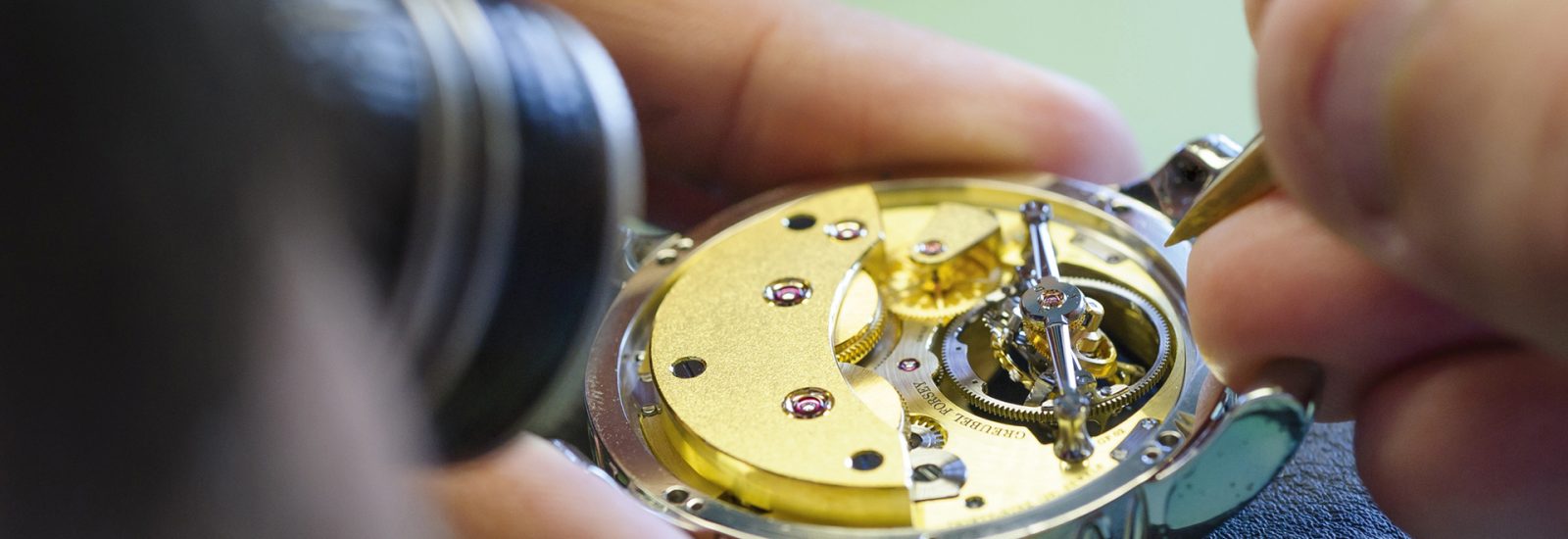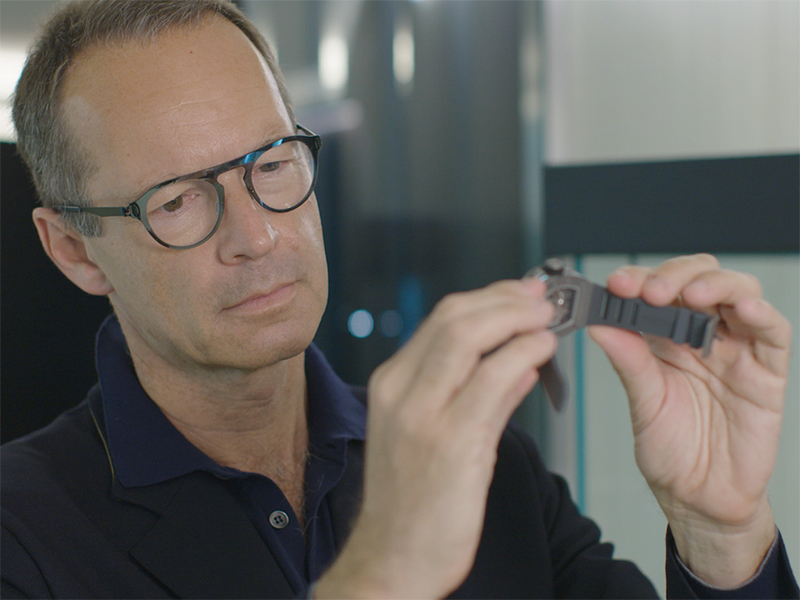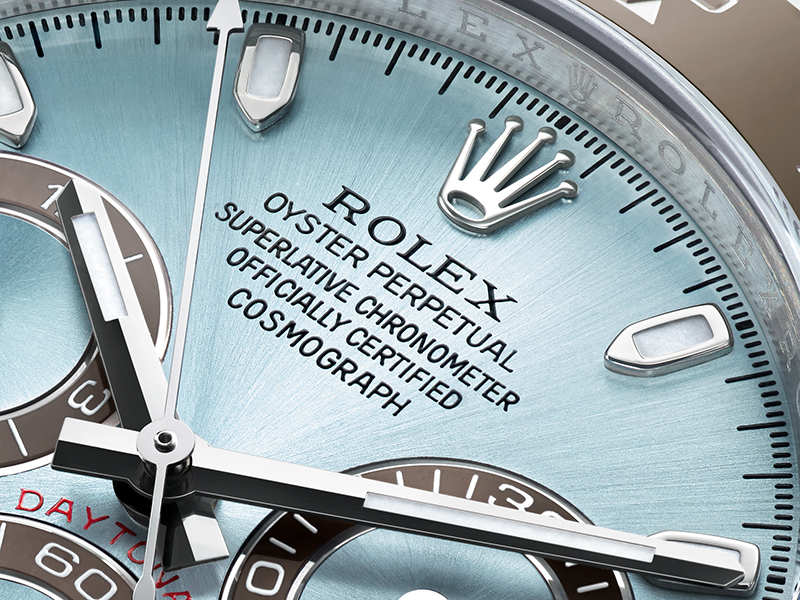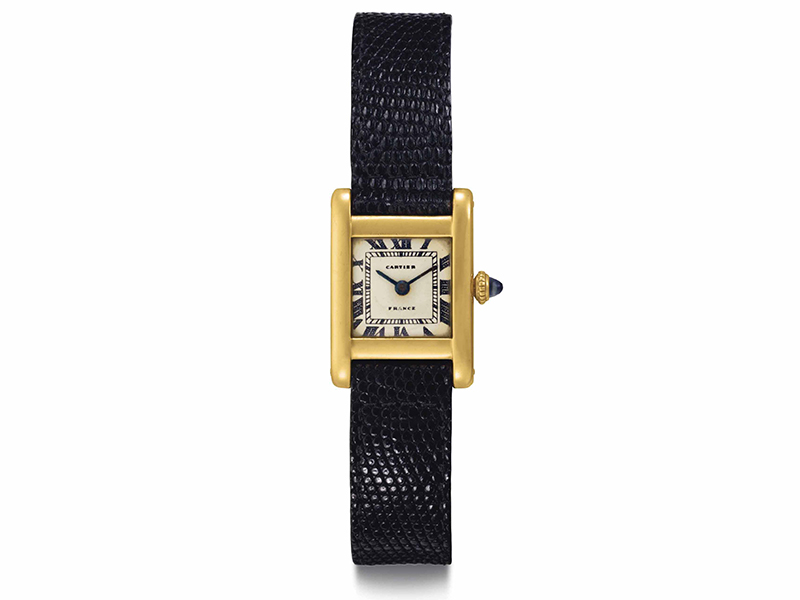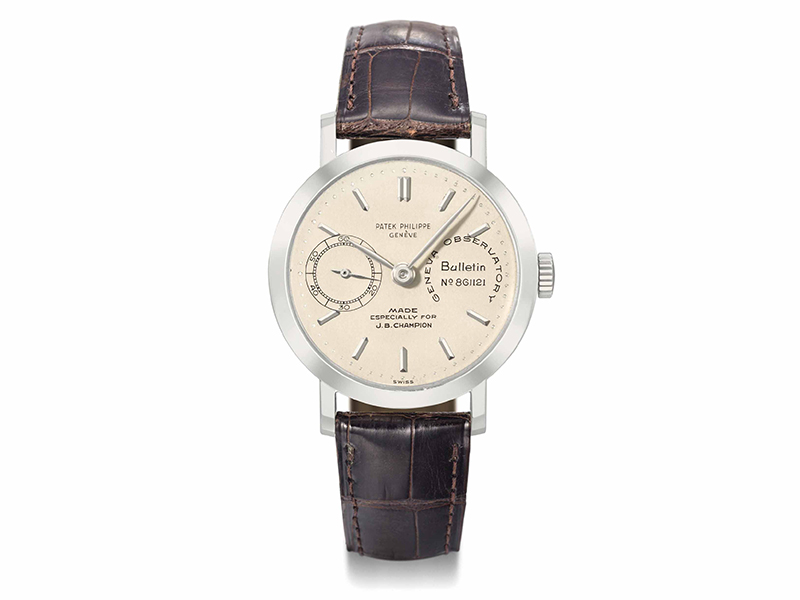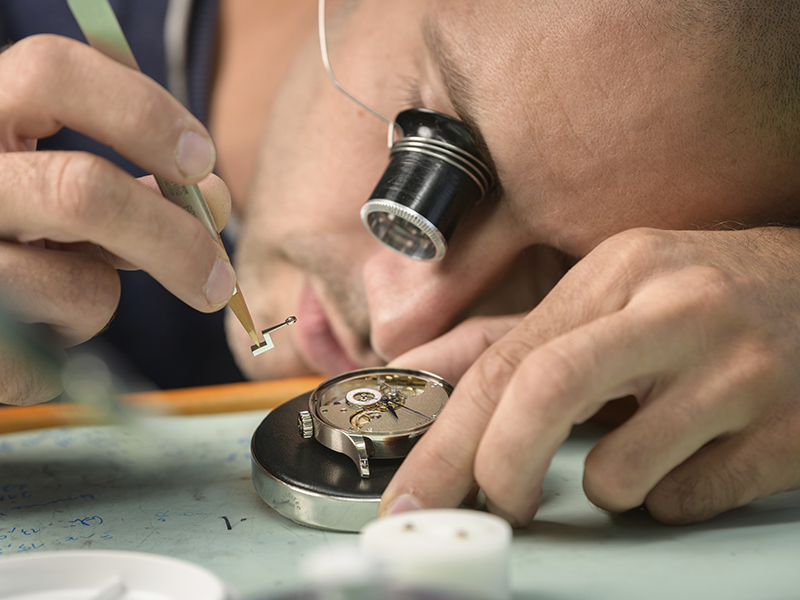What would be your top picks from all the watches you discussed in the course?
Not an easy question! I will go for two watches for different reasons. The first would be the Patek Philippe J.B. Champion Observatory watch, ref. 2458. This was made for the American lawyer using an observatory movement, a movement so accurate that it had been awarded a Bulletin de Marche, or certificate, in tests at the Geneva Observatory. It is unique in every sense of the word.
The second would be the Greubel Forsey QP watch. It’s a remarkable achievement and perhaps not yet given the plaudits it deserves. The western calendar creates a number of problems for a mechanical watch. Not least of which is adjustment, perpetual winding, and the idiosyncrasies of the calendar, leap years being a perfect example. This is the only watch that gives time, day, date, year and a host of other metrics both forwards and backwards in time. It is an analogue time computer, wristwatch sized, and required a whole new way of thinking about the gearing mechanism.
The next Christie’s Education online course History of Watches: 1700 to Now will open on April 21, 2020, with the following course opening on July 21, 2020.





